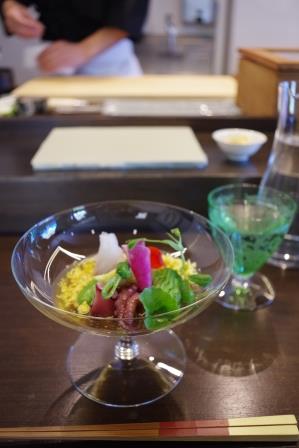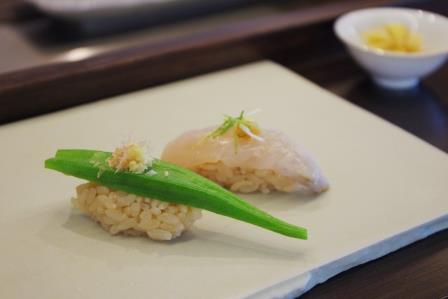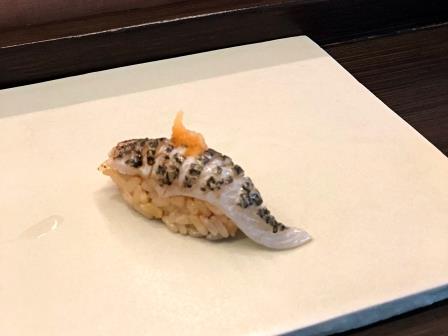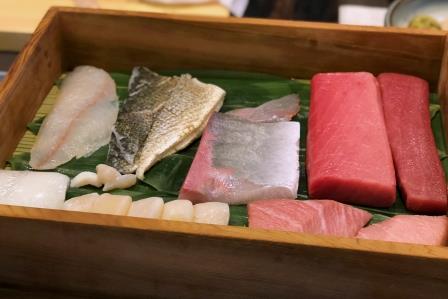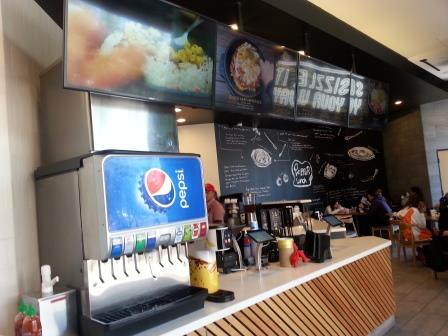The Annual Japan Sake Awards’ “Double Gold Medal”
By Kosuke Kuji
The Annual Japan Sake Awards announced their winners: Nambu Bijin Brewery, and Nambu Bijin Brewery – Basenkyo that simultaneously won the Gold Medal two consecutive years. The Nambu Bijin Brewery won the Gold Medal 12 times in the last 13 years, while Nambu Bijin Brewery – Basenkyo was newly awarded a refined sake production license and won 3 Gold Medals in 4 years.
I recently attended the Production Technology Research Society’s Sake Tasting Event held in Higashi-Hiroshima, attended by Brewery Masters, Master Sake Brewers, and sake production-related professionals to sample the sake entries for this national tasting event. While the necks of some of the various sake bottles were labeled with the Gold Medal mark, while others were not, all of the sake brands were high in quality, indicating the sake production technology is truly advancing nationwide.
This year was more challenging than usual in producing the Yamadanishiki. It’s been a while since sake production was this challenging, and for this reason, the Master Sake Brewers were more jovial than usual when the production season ended.
The number of submissions recognized with the Gold Award and other prizes were high overall across Iwate prefecture. As a Technical Vice Chairman, I was glad to have contributed to this achievement in what small way I could.
Breweries have since switched gears, preparing for the next sake production season. While greater production challenges than this past season may wait, we look forward to overcoming these challenges together to produce sake that our consumers will smile upon tasting. We look forward to your continued support for Nambu Bijin!!
全国新酒鑑評会「ダブル金賞」
先日発表された全国新酒鑑評会で本社蔵、馬仙峡蔵が2年連続の金賞を同時にいただきました。本社蔵は近年13年で12回の金賞、馬仙峡蔵は新規清酒製造免許をいただいて4年で3回の金賞受賞となります。
東広島で開催された製造技術研究会に行ってまいりました。全国から集まった蔵元、杜氏、製造関係者が一堂に全国鑑評会出品酒をきき酒します。酒の首には金賞のマークがあるもの、無いもの様々ですが、どのお酒もレベルが高く、本当に全国の技術が高くなっていることが実感できます。
今年は今まで以上に山田錦の扱いに苦労した年でした。これほど大変だったのは久しぶりで、その苦労の分、杜氏達の喜びも例年以上でした。
岩手県全体でも今年は金賞、入賞の率が高く、私も県の技術副委員長として少しは貢献できたのかと思っています。
気持ちを切り替えて、来期の酒造りに蔵はもう向かっています。今年以上の苦しみもあるかもしれませんが、それをみんなで乗り越えてまた飲んでいただく皆さんが笑顔になる酒造りを目指していきます。これからも南部美人をどうぞ応援よろしくお願いします!!
The Annual Japan Sake Awards announced their winners: Nambu Bijin Brewery, and Nambu Bijin Brewery – Basenkyo that simultaneously won the Gold Medal two consecutive years. The Nambu Bijin Brewery won the Gold Medal 12 times in the last 13 years, while Nambu Bijin Brewery – Basenkyo was newly awarded a refined sake production license and won 3 Gold Medals in 4 years.
I recently attended the Production Technology Research Society’s Sake Tasting Event held in Higashi-Hiroshima, attended by Brewery Masters, Master Sake Brewers, and sake production-related professionals to sample the sake entries for this national tasting event. While the necks of some of the various sake bottles were labeled with the Gold Medal mark, while others were not, all of the sake brands were high in quality, indicating the sake production technology is truly advancing nationwide.
This year was more challenging than usual in producing the Yamadanishiki. It’s been a while since sake production was this challenging, and for this reason, the Master Sake Brewers were more jovial than usual when the production season ended.
The number of submissions recognized with the Gold Award and other prizes were high overall across Iwate prefecture. As a Technical Vice Chairman, I was glad to have contributed to this achievement in what small way I could.
Breweries have since switched gears, preparing for the next sake production season. While greater production challenges than this past season may wait, we look forward to overcoming these challenges together to produce sake that our consumers will smile upon tasting. We look forward to your continued support for Nambu Bijin!!
全国新酒鑑評会「ダブル金賞」
先日発表された全国新酒鑑評会で本社蔵、馬仙峡蔵が2年連続の金賞を同時にいただきました。本社蔵は近年13年で12回の金賞、馬仙峡蔵は新規清酒製造免許をいただいて4年で3回の金賞受賞となります。
東広島で開催された製造技術研究会に行ってまいりました。全国から集まった蔵元、杜氏、製造関係者が一堂に全国鑑評会出品酒をきき酒します。酒の首には金賞のマークがあるもの、無いもの様々ですが、どのお酒もレベルが高く、本当に全国の技術が高くなっていることが実感できます。
今年は今まで以上に山田錦の扱いに苦労した年でした。これほど大変だったのは久しぶりで、その苦労の分、杜氏達の喜びも例年以上でした。
岩手県全体でも今年は金賞、入賞の率が高く、私も県の技術副委員長として少しは貢献できたのかと思っています。
気持ちを切り替えて、来期の酒造りに蔵はもう向かっています。今年以上の苦しみもあるかもしれませんが、それをみんなで乗り越えてまた飲んでいただく皆さんが笑顔になる酒造りを目指していきます。これからも南部美人をどうぞ応援よろしくお願いします!!







